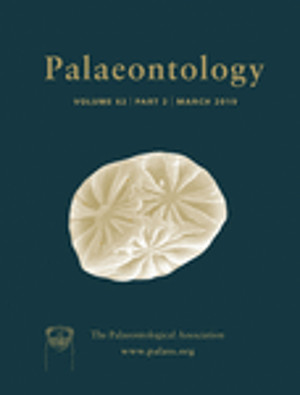Reg. Charity No. 1168330

Scalopini is one of the two fully fossorial mole tribes in the family Talpidae, with remarkable adaptations to subterranean lifestyles. Most living Scalopini species are distributed in North America while a sole species occurs in China. On the other hand, scalopine fossils are found in both Eurasia and North America from upper Oligocene strata onwards, implying a complex biogeographical history. The systematic relationships of both extant and fossil Scalopini across North America and Eurasia are revised by conducting phylogenetic analyses using a comprehensive morphological character matrix together with 2D geometric–morphometric analyses of the humeral shape, with a specific emphasis on Mioscalops, a genus commonly found in North America and formerly known as Scalopoides. Our phylogenetic analyses support the monophyly of the tribe Scalopini as well as a proposed two‐subtribe‐division scenario of Scalopini (i.e. Scalopina and Parascalopina), although Proscapanus could not be assigned to either subgenus. Our geometric–morphometric analyses indicate that the European Mioscalops from southern Germany should be allocated to Leptoscaptor, which in turn implies that Mioscalops may be endemic to North America and never arrived in Europe. Examination of biogeographical patterns does not unambiguously determine the geographical origin of Scalopini. Nevertheless, it does support multiple transcontinental colonization events across Asia, Europe and North America. Scapanulus oweni, distributed in central China, is the only remaining representative of one of those out‐of‐North‐America migrations, whereas scalopine moles are common in North America nowadays with up to five species.